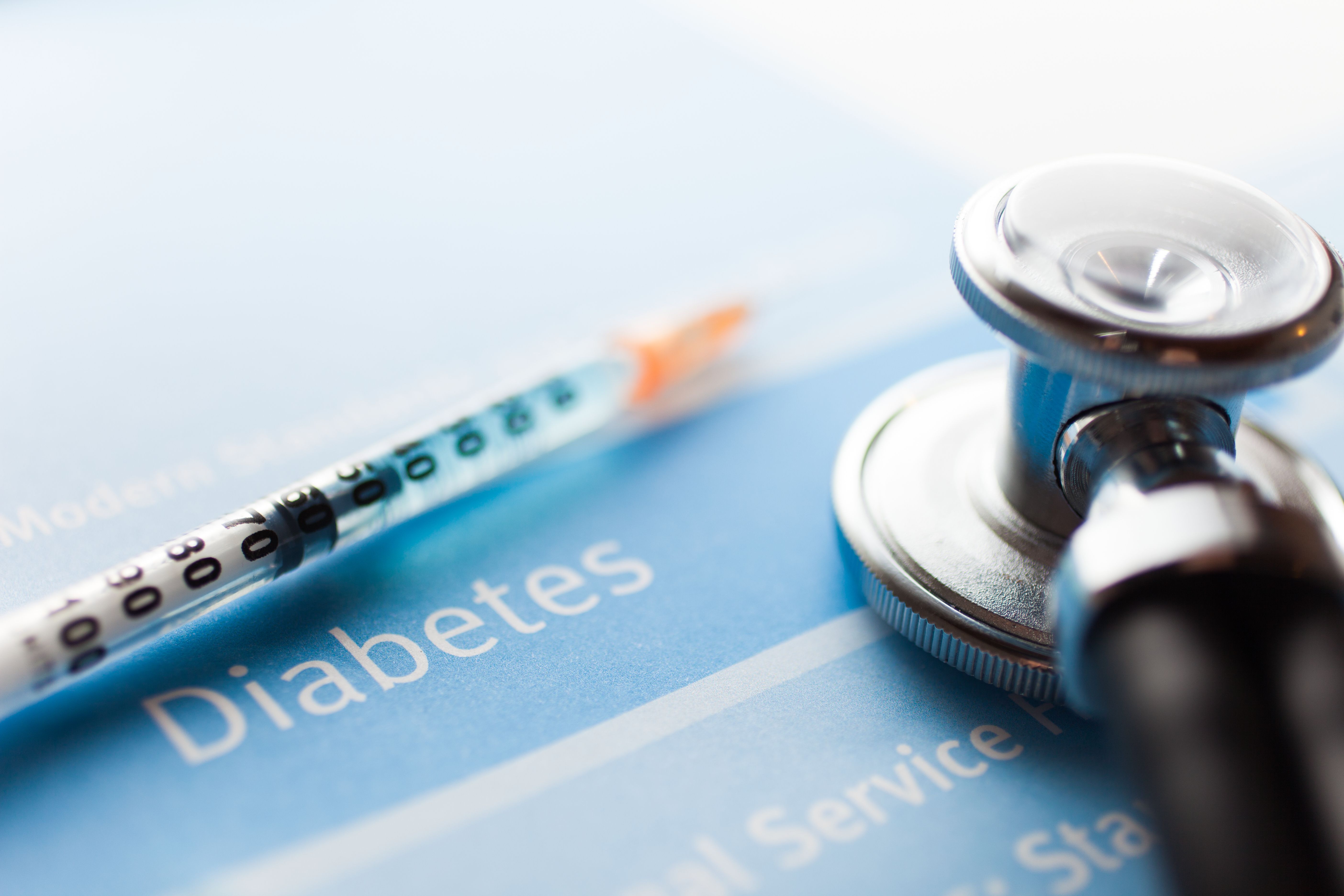Article
Meal Timing May Impact Metabolic Risk Factors
Author(s):
New research shows eating before 8:30 am may reduce risk factors for type 2 diabetes as individuals who did so exhibited lower blood sugar levels and less insulin resistance.
Eating before 8:30 am may reduce risk factors for type 2 diabetes (T2D) as individuals who did so exhibited lower blood sugar levels and less insulin resistance, according to new research. Study findings will be presented at ENDO 2021, the Endocrine Society’s annual meeting, taking place from March 20-23, 2021.
Previous studies of time-restricted eating, which consolidates caloric intake to a shortened eating duration, have found the practice results in improvement in metabolic health. As rates of metabolic disorders increase, the need for novel interventions to combat the disorders grows more pressing.
“Additional interventions could harness circadian clocks, which help regulate daily rhythms of hormone release and maintain metabolic homeostasis,” researchers explained. “Circadian rhythms are influenced by timing of food intake and therefore meal timing may also impact metabolic health.”
To determine whether timing of eating is associated with metabolic health independent of eating duration, investigators analyzed data from the National Health and Nutrition Examination Survey. The study included data of 2 non-consecutive dietary recalls, fasting glucose, and insulin from 10,575 adults over the age of 18 over 4 cycles between 2005 and 2012.
Eating interval duration times were defined as the time between the first and last eating occasion (>10kcal). Time intervals were divided into 3 groups: <10h, 10-13h, and >13h while 6 subgroups were created based on eating duration start time (prior to or after 8:30 am) to analyze the associations of eating interval timing.
Researchers used linear regression analyses controlled for demographics to measure outcomes and used the Homeostatic Model Assessment for Insulin Resistance (HOMA-IR) to measure insulin resistance.
Data showed fasting glucose did not differ significantly among eating interval groups while adjusted mean HOMA-IR increased with shorter eating interval duration (2.23, 2.20, 1.97 for <10h, 10-13h, >13h; P<.05). Additional findings included:
- When eating start time occurred before 8:30 am compared to start time after 8:30 am, mean adjusted HOMA-IR decreased across all eating interval subgroups (1.96 vs 2.28 for <10h, 2.13 vs 2.28 for 10-13h, 1.94 vs 2.13 for >13h; P <.05)
- Adjusted mean fasting glucose had a similar pattern (96.3 mg/dL vs 98.7 mg/dL for <10h, 97.3 mg/dL vs 98.4 mg/dL for 10-13h, and 97.3 mg/dL vs 99.3 mg/dL for >13h; P < .05)
- In regression models where eating duration and timing were both entered as continuous variables, only timing was significantly associated with fasting glucose and HOMA-IR
- Later time was associated with higher glucose and HOMA values (P<.001)
Overall, shorter eating durations (time-restricted eating) were associated with worse metabolic outcomes except when paired with an earlier start time, authors wrote, as all subgroups with an early eating start time exhibited better metabolic outcomes regardless of eating duration.
"With a rise in metabolic disorders such as diabetes, we wanted to expand our understanding of nutritional strategies to aid in addressing this growing concern," said study author Marriam Ali, MD. “These findings suggest that timing is more strongly associated with metabolic measures than duration and support early eating strategies.”
Reference
Ali M, Knutson K, and Reutrakul S. Perfect timing: associations between dietary timing, eating intervals and metabolic health. Abstract presented at ENDO 2021; March 20-23, 2021. Virtual. Accessed March 18, 2021.





